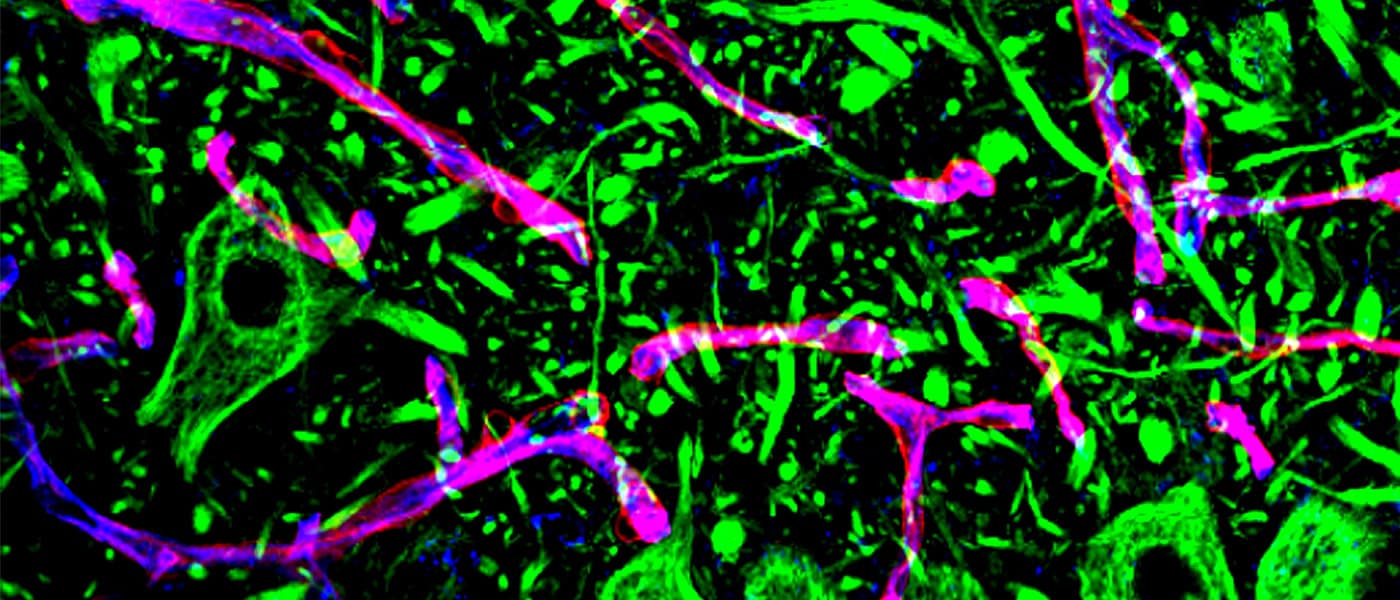The Breakthrough
Researchers from Oregon State University have new findings that, they say, are the most compelling results ever produced in relation to developing a therapy for amyotrophic lateral sclerosis (ALS), which is more commonly known as Lou Gehrig’s disease.
Remarkably, the team has announced that they have been able to stop the progression of ALS in mice for up to almost two years.
In the journal Neurobiology of Disease, the study’s lead author Joseph Beckman said "We are shocked at how well this treatment can stop the progression of ALS." Beckman is a distinguished professor of biochemistry and biophysics at the College of Science at Oregon State University.
The study was conducted on one type of transgenic mouse model that the researchers believe most closely resembles how humans would also react to ALS treatment. Notably, mice in this model ordinarily die within two weeks without receiving treatment. Yet, the researchers have been able to extend the survival rates of the mice to more than 650 days.
Lou Gehrig's Disease
Beckman said that they “have a solid understanding of why the treatment works in the mice” and they predict it will be effective with familial ALS patients and quite possibly sporadic patients.
The treatment is based on bringing copper directly into specific cells in the mitochondria and spinal cord which were weakened by copper deficiency, causing an antioxidant protein called SOD to destabilize. This is important because the proper function of SOD is essential to life and the lack of metal co-factors can cause it to “unfold” and become toxic, damaging motor neurons.
This research ultimately builds on years of study into the disease; however, to date, no treatment has yet been discovered that can do anything but prolong human survival for just a month.
It was in the late 1800s when ALS was first identified as a progressive and fatal neurodegenerative disease. It became recognized internationally in 1939, when American baseball legend Lou Gehrig was diagnosed with the disease, which is caused by the deterioration and death of motor neurons in the spinal cord. Other notable persons who suffer from ALS include theoretical physicist Stephen Hawking and Sesame Street creator Jon Stone.
And although we are still a long way from a final cure (as is always true of medical breakthroughs, clinical trials and approval from governing bodies can take years), we just moved one step closer to an ultimate solution.
Share This Article
